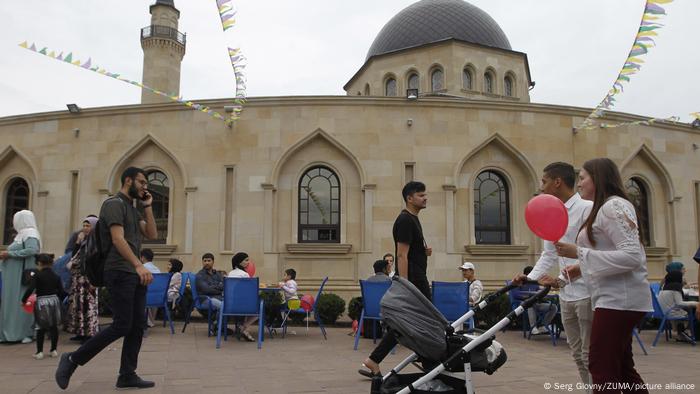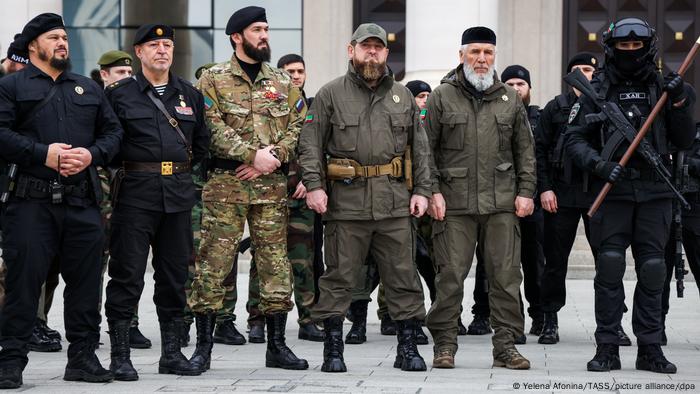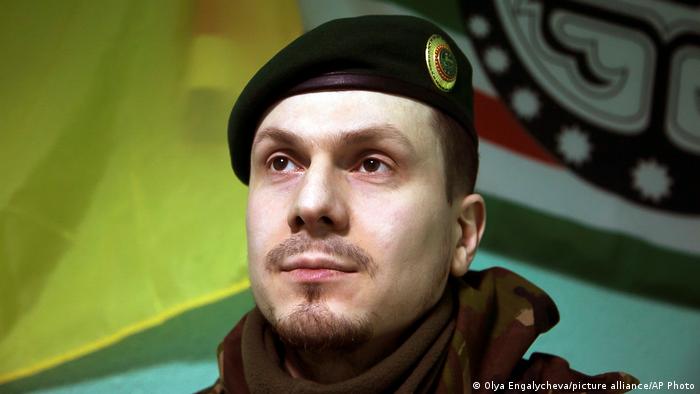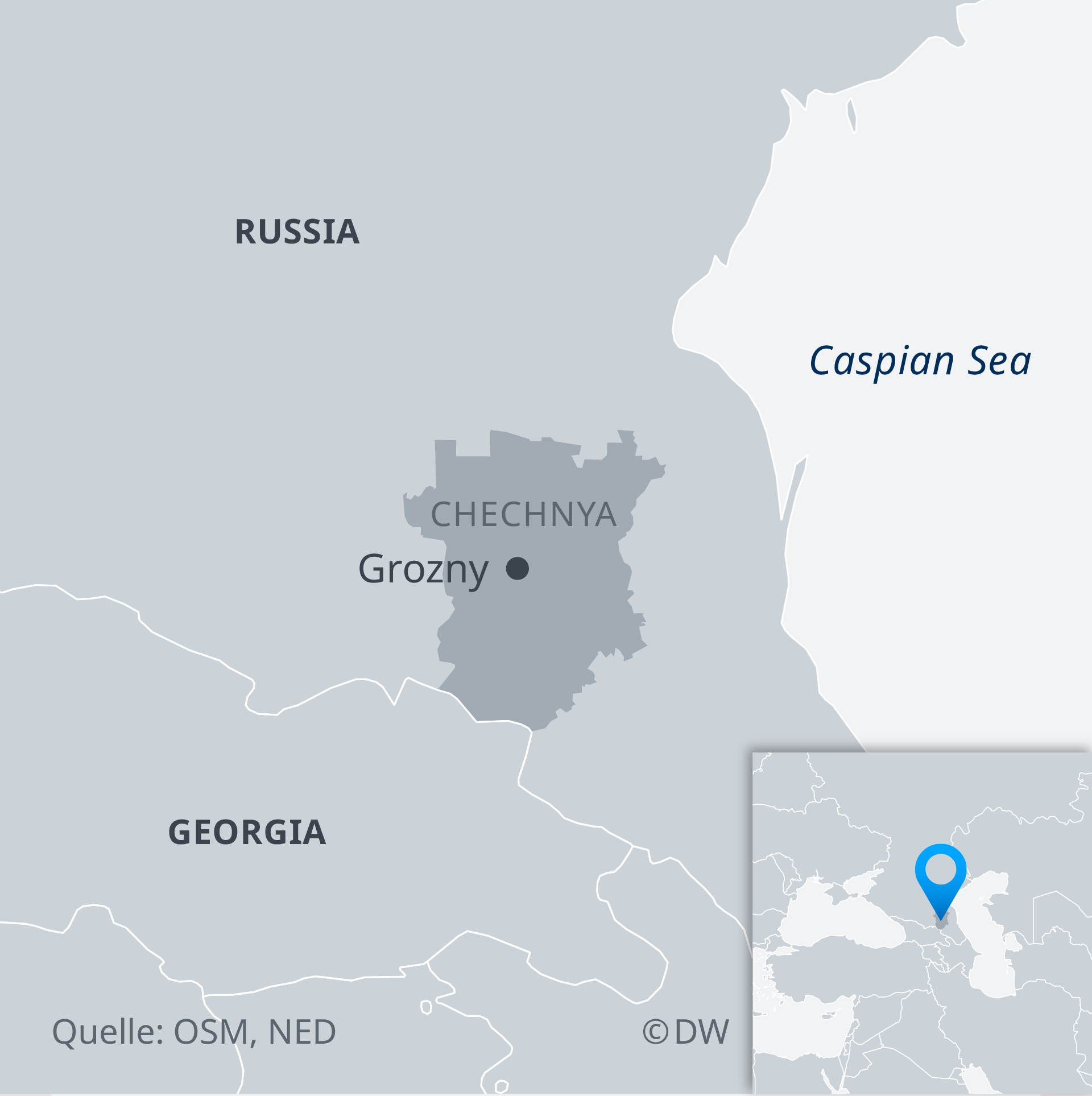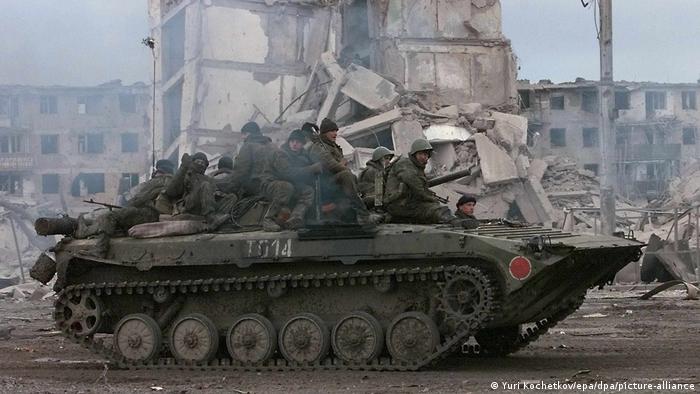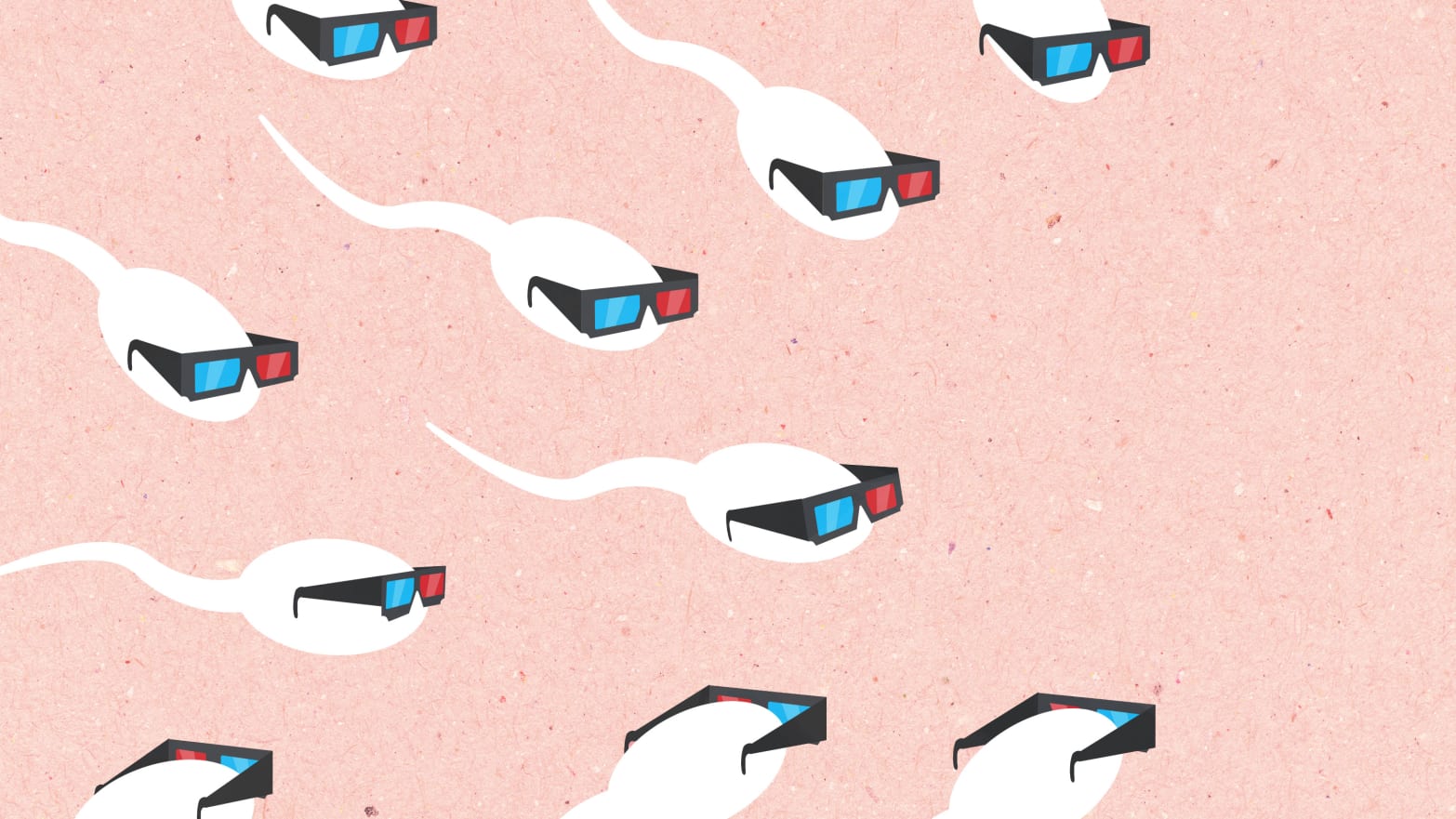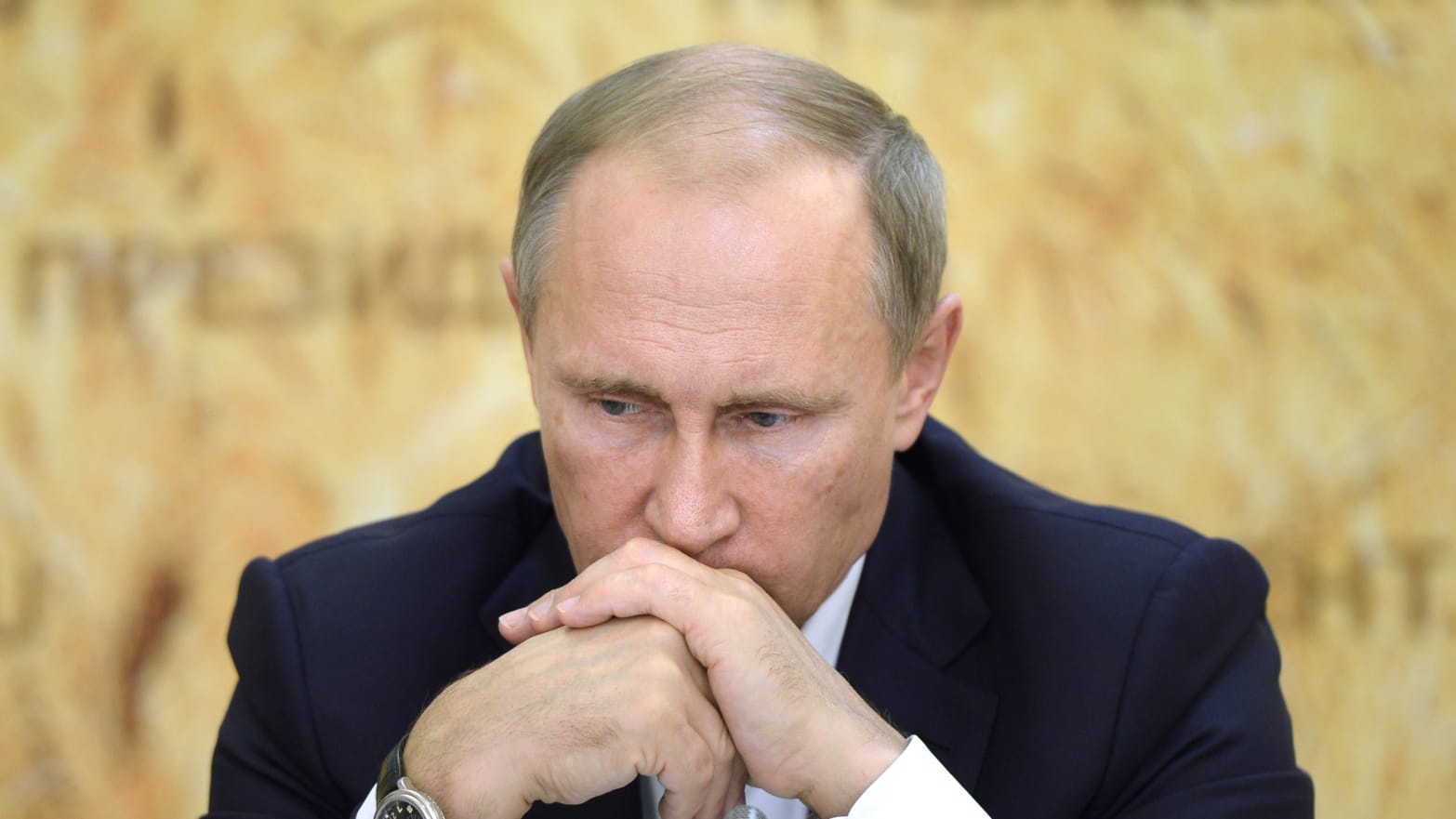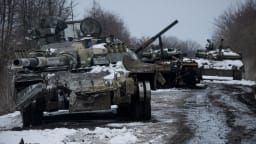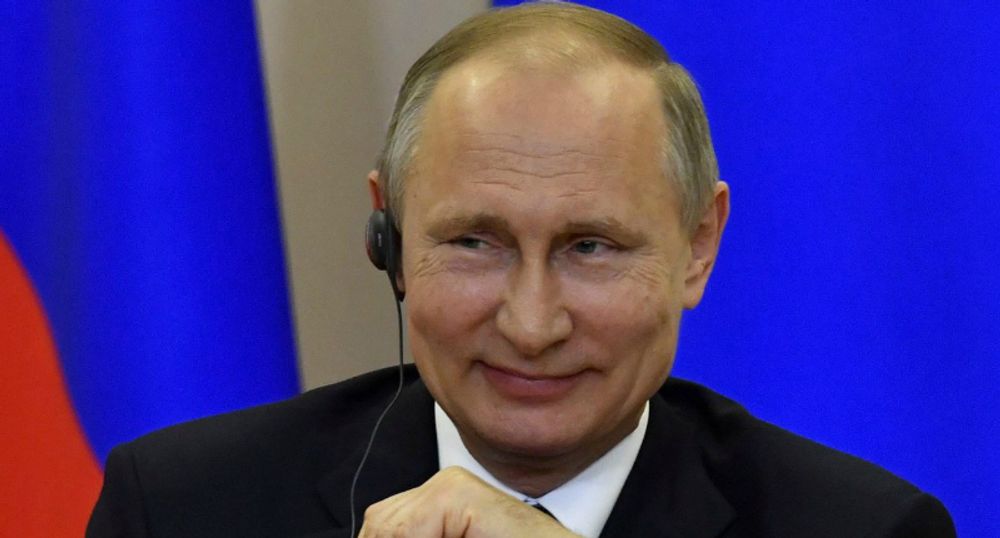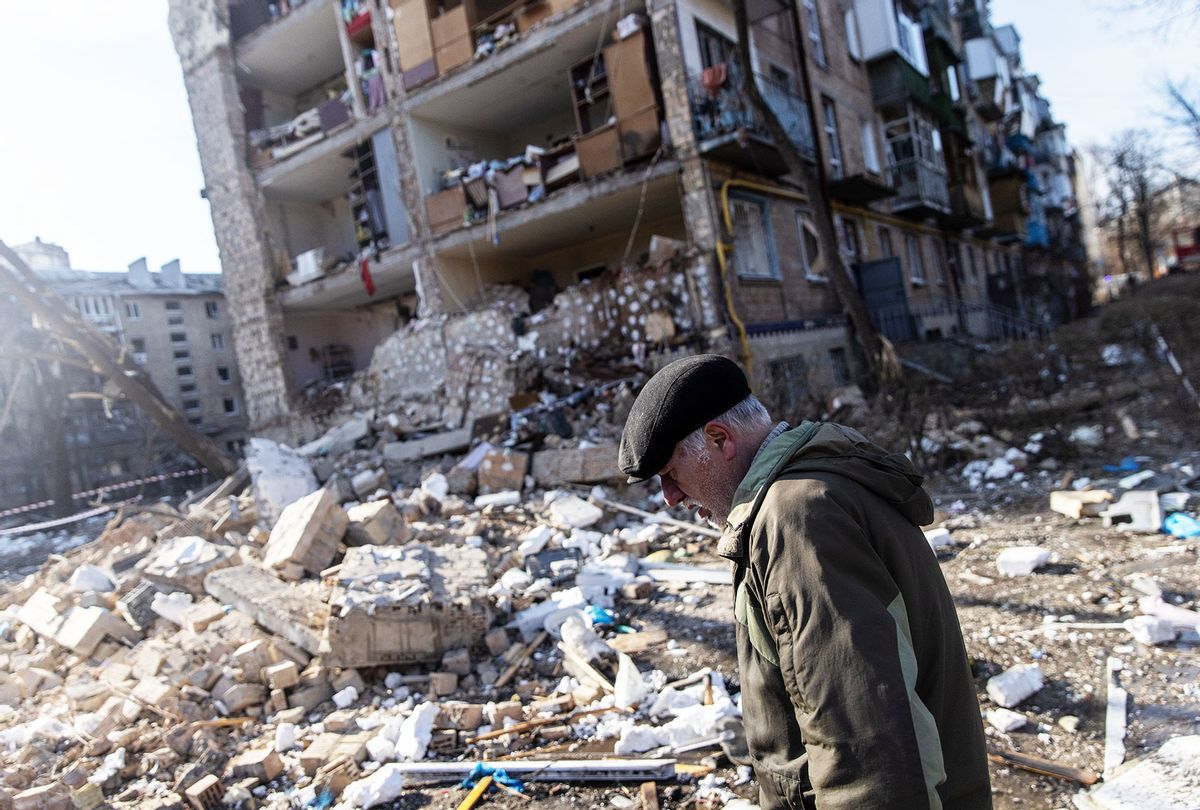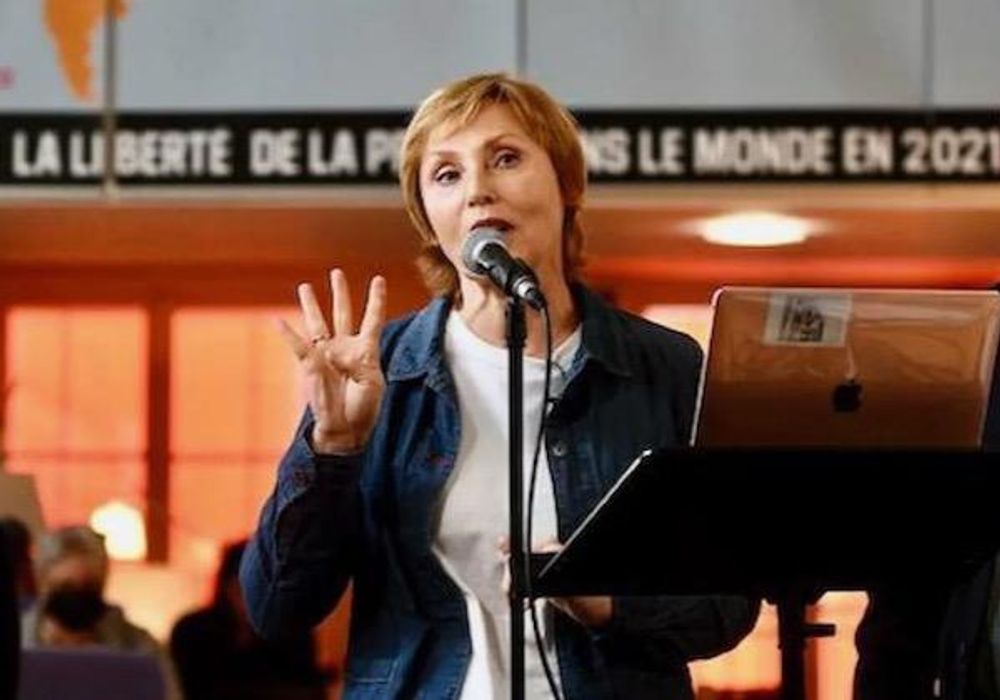Superyachts symbolize climate breakdown
Their Russian oligarch owners have put superyachts in the spotlight since the invasion of Ukraine. But what makes these billionaires' toys the ultimate climate killers?
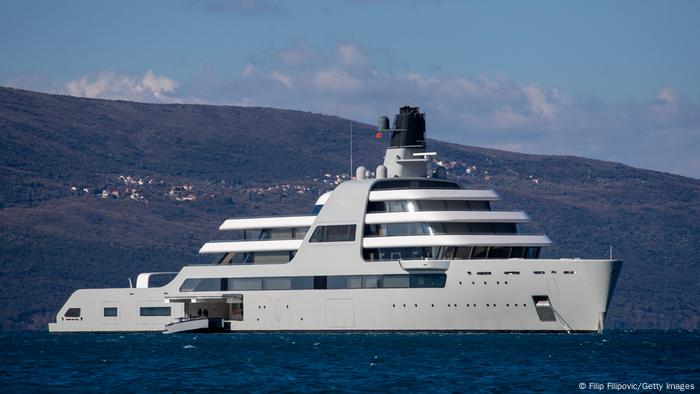
Ambramovich's 'spare' superyacht, 'Solaris,' moved from Barcelona to Montenegro this month after he was sanctioned
In the wake of heavy sanctions on Russian oligarchs spurred by the war in Ukraine, some of the world's biggest and most lavish superyachts are being moved out of EU waters, while others have already been compounded.
Billionaire and Putin ally Roman Abramovich, who made his fortune selling oil and gas, has moved two of his megayachts — including arguably the biggest and most expensive on the planet — into sanction-free waters, including in the port of Bodrum in Turkey.
But as this cat-and-mouse game becomes a glitzy side-story to Russia's invasion of Ukraine — Putin himself is rumored to own a luxury yacht — less is known about the outsized carbon footprint of these lavish hulks that resemble cruise liners.
Luxury mega-yachts can burn up to 7,020 tons of CO2 a year, according to research by
Richard Wilk, a professor of anthropology at Indiana University, and his colleague Beatriz Barros, a Ph.D. candidate in anthropology. They have been documenting the emissions of the super-rich.
They describe such vessels, which are variously equipped with helicopters, submarines, swimming pools and accommodation for up to 100 crew members, as "by far the worst asset to own from an environmental standpoint."
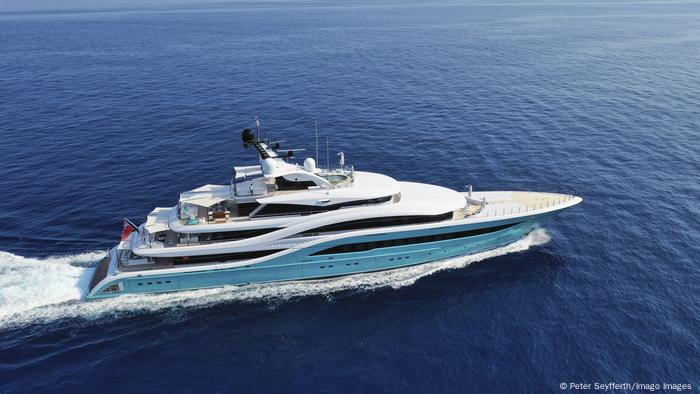
Superyachts are responsible for two-thirds of billionaire carbon emissions
The top 20 billionaires analyzed by Wilk and Barros emitted around 8,000 metric tons of CO2 annually in 2018, while average citizens worldwide had a carbon footprint of around 4 tons— and 15 tons in the United States.
An astounding two-thirds of these super-rich emissions are created by their superyachts.
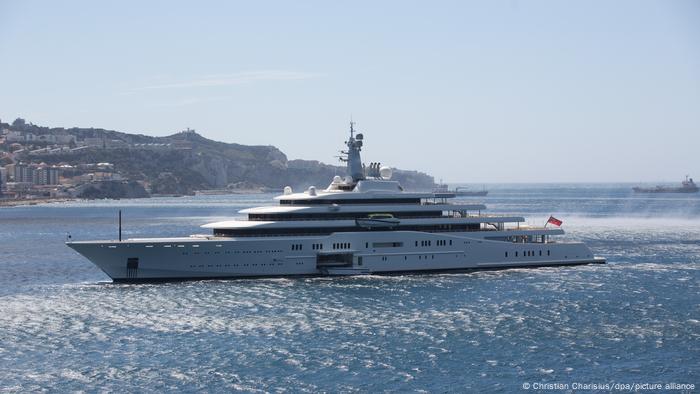
Roman Abromovich's superyacht eclipses all others
The biggest polluting billionaire also has two of the largest yachts. Abramovich's "Eclipse," currently moored in Turkey, is said to be the most expensive megayacht in the world. It is also responsible for around two-thirds of the Russian oil and gas mogul's annual carbon footprint, which was estimated at 33,859 metric tons of CO2 emissions in 2018 — more than one-sixth of the whole island nation of Tonga. The Eclipse alone costs around $60 million (€55 million) annually to operate.
Bill Gates has around 10 times the wealth of Ambramovich with around $124 billion (versus $14 million) yet he emits around a fifth of the pollution because, the authors say, "he does not own a giant yacht" — yet Gates partly makes up for it with private jets.
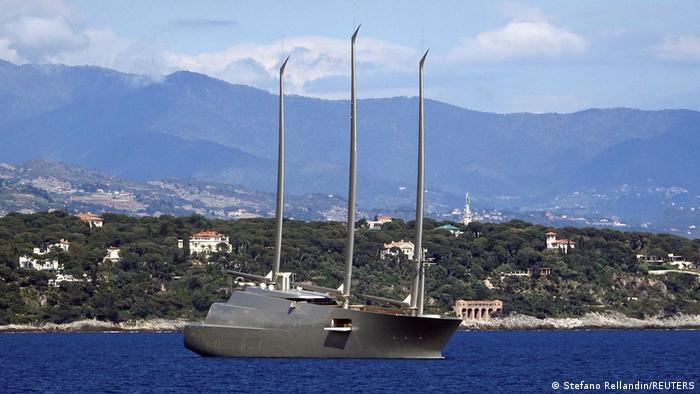
The 142.81 metre sail-assisted motor yacht Sailing Yacht A, owned by Russian tycoon Andrey Melnichenko
These figures are "the tip of the iceberg," write Wilk and Barros since they don't include "embedded" carbon, which is to say all the CO2 burnt to produce the vessels. Another form of embedded carbon might be the fossil fuel money used to pay for these luxury yachts like the one above. "Sailing Yacht A," which has been seized by Italy, belongs to Russian billionaire Andrey Igorevich Melnichenko — who owns the coal company SUEK.
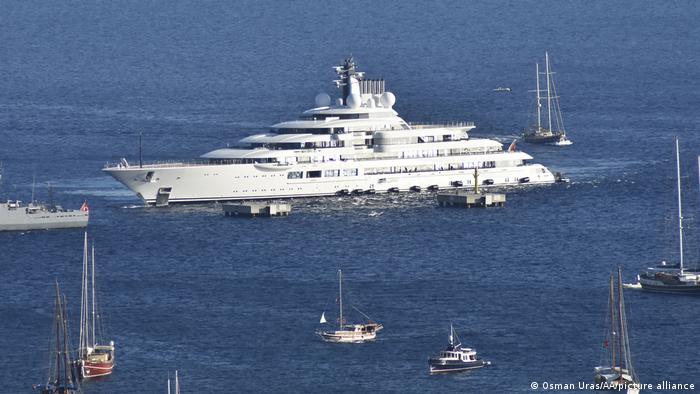
140-meter megayacht ''Scheherazade'' anchors in Turkey in 2020: Is it Vladimir Putin's?
Privacy laws and data protection help shield much super-rich consumption. "Nevertheless," say the authors, "we think our calculations are illustrative and reflect on fundamental issues of climate justice by contributing to ongoing debates over who is responsible for climate change." Indeed, no one even seems to know who owns the 140-meter-long "Scheherazade" superyacht above. Some claims have linked it to Russian President Vladimir Putin.

The Earth 300 is a green-tech superyacht devoted to science, not luxury
Not all megayachts are climate killers. The Earth 300 will be the world's biggest superyacht, yet it will have zero emissions and aims to unite science and exploration to confront the planet's greatest challenge: climate change. The 300-meter long vessel will accommodate up to 400 people when launched in 2025. Though its carbon footprint will be relatively small, it will controversially be nuclear-powered.
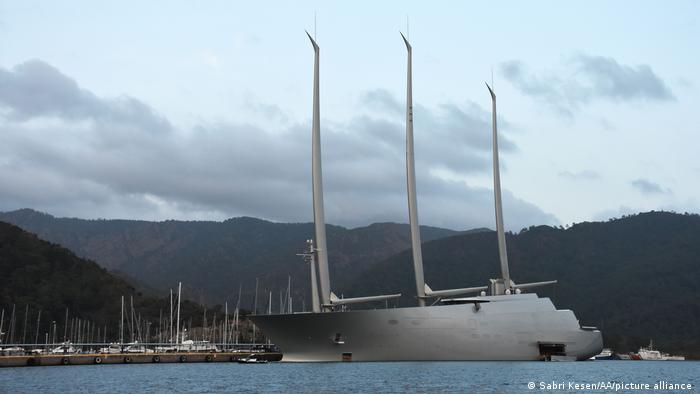
OLIGARCHS' YACHTS: SEIZED OR UNDER SPECULATION — IN PICTURES
Sailing Yacht A
This 143-meter (470-foot) Sailing Yacht A, also referred to as "SY A," is valued at around €530 million ($578 million). Italian authorities seized it after identifying the owner as Russian billionaire Andrey Igorevich Melnichenko. He owns major fertilizer producer EuroChem Group and coal company SUEK. Both companies announced recently that Melnichenko had resigned as a board member.
123456
Edited by: Tamsin Walker
